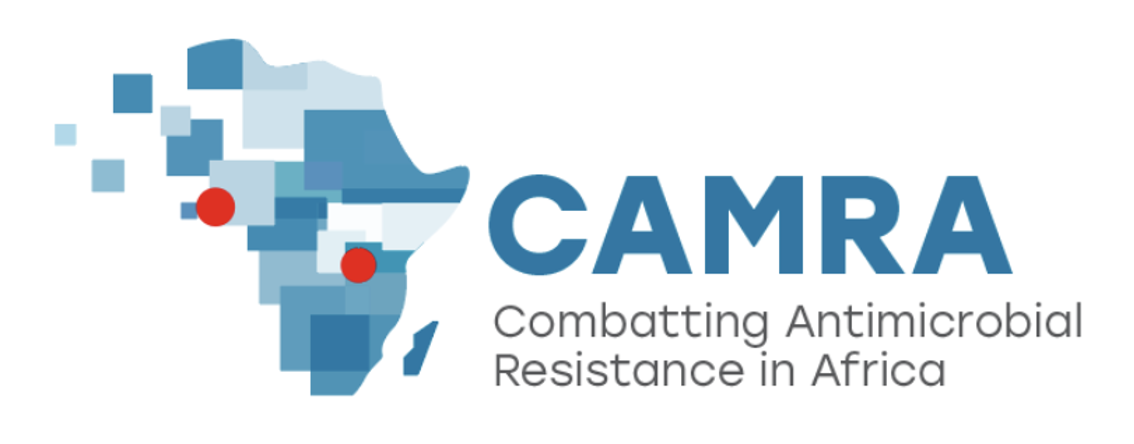
Combatting AntiMicrobial Resistance in Africa Using Data Science (CAMRA)

Research Hub

1U54TW012056-01

Summary
Bacterial infections are highly prevalent and contribute significantly to morbidity and mortality across all age-groups but because appropriate microbiologic diagnostic services are nonexistent or very limited, ascertaining the specific etiologic agents and the true prevalence of antimicrobial resistance (AMR) is a major challenge in Africa, where objective data is limited.
Preliminary observations from Nigeria, the most populous country in Africa include the following:
1. high prevalence of Salmonella enterica serovar Typhi (S. Typhi) with 45% prevalence of multidrug resistance,
2. high prevalence of extended spectrum β-lactamase- producing Enterobacteriaceae (ESBL-E) blood stream infections,
3. maternal colonization by ESBL-E in women at delivery is associated with high all-cause morbidity and mortality in their newborn babies compared to ESBL-unexposed babies, and
4. periodic outbreaks of carbapenem-resistant Klebsiella pneumoniae sepsis in newborn units with case fatality rates as high as 45%.
We have preliminary molecular characterization of about 500 of the 2,750 diverse bloodstream bacterial isolates in our collection. In addition, we have access to a collection of over 2,500 clinical isolates of blood, sputum, and urine from our sentinel laboratories in Nigeria and Rwanda that are partially characterized.
Our overall strategy is focused on three thematic areas:
1. comparative phenotypic and genotypic studies of archived and contemporary clinical isolates to inform trends in AMR and dynamics of transmission,
2. incorporation of acute inflammatory markers of serious bacterial infection and gene products from resistant bacteria into a portable screening tool for clinical care, and
3. explore the potential benefit of an aminoglycoside (Tobramycin) conjugated to an antimicrobial peptide for enhanced bactericidal activity against multi -drug resistant enterobacteriales.



